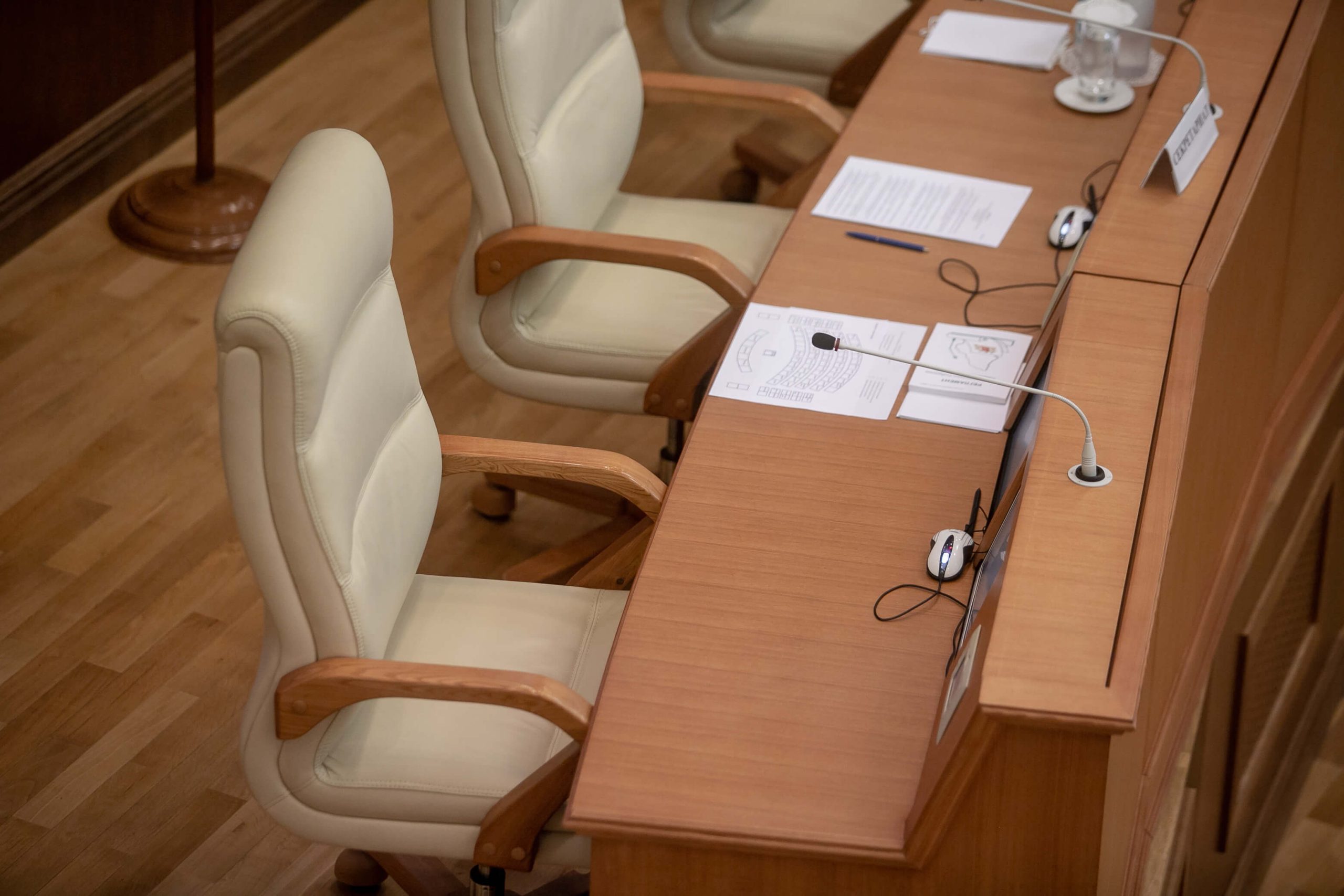Attention beloved civil servants. We do not expect this piece to educate you. However, Xcential could not find a simple but detailed explanation of how a city makes local law. We thought it should exist, so we wrote this. We hope students learning how government works will find this article and gain more appreciation for your important work. Any comments or changes are welcome.
The US federal government makes law by passing a bill, we all know that.
At the city level, we use the term “ordinance”. An ordinance is a city law. An ordinance which is being proposed, is simply called a proposed ordinance.
Approved ordinances are organized as the city’s Municipal Code with various chapters and sections.
Cities can pass a few different types of ordinances, depending on their purpose.
- Changing an ordinance (or law); we use the term “amending ordinance”.
- Creating a new ordinance; we use a “creating ordinance”.
For example, the City of Santa Cruz adopted ordinance No. 2023-14 to amend Part 16 of Chapter 24.12 of their Municipal Code in response to requirements by the California Coastal Commission relative to housing density. Because Santa Cruz already had an ordinance relative to housing density, they used an amending ordinance.
Cities will also pass “resolutions” which are not law but provide a perspective on a subject. For example, the City of Santa Cruz (in the same council meeting) approved a resolution relative to eminent domain. This resolution was about a specific property and not a part of the body of ordinances. Resolutions are a common mechanism to do city business, but let’s focus on the lifecycle of ordinances.
To pass an ordinance or resolution, there is a predetermined process that must be followed. This process is part of law and protects our democracy by ensuring this work is done in public and with opportunity for citizen voices to be heard.
The Process of Approving a New Ordinance (or how a city creates law)
1. Change
Something in the world changed. This could be a problem identified by a citizen or a council member. Changes to city ordinances are also required when the federal or state government passes new legislation that impacts city ordinances.
We’ll use an example to follow through the lifecycle.
Let’s use “E-bikes” because they are new and are putting pressure on cities throughout the US.
And we’ll use the fictional city of Santa Carla and see how they might respond to a complaint by Maxwell Lawrence (an upstanding citizen) about E-bike riders causing a nuisance on city streets in front of his video rental business.
Max reaches out to a city council member of Santa Carla and the council member agrees that it is time to create an ordinance limiting the use of E-bikes.
2. Research
The city council and council designated committees decide on the desired outcome of changes to ordinances relative to E-bikes.
Santa Carla decides it would like to limit the operation of E-bikes strictly to individuals with a valid driver’s license.
The city clerk is informed of the proposed ordinance and it is added to a city council public agenda for public comment. The clerk informs the city attorney and related committees within city government.
The clerk or the attorney (depending on the structure of the local government) do some research.
Preemption. Does the state have any existing law that regulates E-bikes? Does that state law prohibit the city from requiring a legal driver’s license? Each state acts differently relative to preemption, but it is important because most cities are legally approved by and subservient to the state.
If the state allows Santa Carla to add ordinances further regulating the use of E-bikes, then research can proceed.
Check Neighboring Ordinances. What have neighboring cities done relative to E-bikes? Should Santa Carla adopt similar laws? It is always positive for local laws to be similar for ease of understanding by citizens and for enforcement. If you can copy that language from a neighboring city, do it. We are a community.
Internal Code References. Clerks and attorneys need to identify all areas of existing municipal code (law) that need to be adjusted. These adjustments will be amendments or repeals.
We need all of our ordinances to give a clear and consistent understanding for citizens, so we may need to adjust 2 or 3 sections of our municipal code. Some areas may need to be amended and some may need to be repealed. It is best to do all adjustments through a single action by the council (pass an amending ordinance).
Citations for Amendments. As we identify ordinances to change (above), we document what will be adjusted and why. This documentation ensures accuracy when we are ready to draft the amendment, but also provides long-term historical value. This history of city law is a history of change to our cultures and civil society at large.
3. Draft 1st Reading & Public Comment
The City Clerk and City Attorney of Santa Carla are ready to draft an amending ordinance requiring a driver’s license for the operation of E-bikes.
Each city has parliamentary procedures which must be followed. These procedures are a part of law and create a platform for transparency. This transparency guards our democracy against city councils quickly pushing through new law without a chance for the public to have an impact.
Part of parliamentary procedure is to use templates to draft new ordinances. These templates include the city seal and proper legal language for the type of action being taken.
In this case, the clerk or attorney will select a template for an amending ordinance. This document will include a brief explanation of what the council is proposing and the ordinances that require amending.
The new language will be presented in the document which states how the law will look after passage by the council; and if any language is being replaced or repealed.
As the clerk or attorney drafts this new legal language, they will consider their research on preemption and neighboring ordinances.
Once the first draft of the E-bike ordinance is ready, it will be included in a city council meeting agenda. That agenda is publicly available so all citizens know when the city council will discuss the topic.
This is considered the “First Reading”. The first draft is read aloud during the council meeting.
At the city council meeting, the topic will be presented for “public comment”. This is a real opportunity for every city resident to provide their perspective on the new E-bike ordinance.
Once public comment is finished, the council will vote whether to move forward or not.
4. Staff Research
If the council decides to move forward and adopt the ordinance on E-bikes, the subject will move to committee(s).
For example, Santa Carla city council may ask their committee on transportation or parking to review and comment on impacts the new ordinance may have. Will this E-bike ordinance affect parking revenue or traffic congestion? This is a meaningful step because we strive to avoid unintended consequences.
One result from committees may be to move forward without changes and then we go to a 2nd Reading.
However, if committees find a significant impact that was not considered by the council, they might have changes to the legal language that is required. If this is the case then the new ordinance will need to be reintroduced. This is at the discretion of the city council.
At this point, our E-bike ordinance has been aligned with federal and state law. The changes to existing ordinances have been drafted and the city of Santa Carla believes it will achieve the desired outcome.
5. 2nd Reading and Consent Agendas
If the new ordinance language is unchanged (after public comment and committee reports), then the city clerk moves the ordinance to a 2nd Reading.
The 2nd Reading of the ordinance is again placed on a city council meeting agenda and made available to the public. It is common for a new ordinance at this point to be included in the “Consent” portion of the agenda.
Consent Agenda items do not require an additional reading of the text. And all consent agenda items are voted on as a group.
6. City Council Voting
The council votes, Yea or Nay. The city clerk records the votes and announces if an item has passed or not.
If the amending ordinance is not passed, it is dead.
If the amending ordinance is passed with a Yea vote, the new ordinance is law.
Those votes are recorded on the final draft of the new ordinance. The Mayor and City Clerk of Santa Carla sign the E-bike ordinance.
Congratulations Santa Carla, you now require a driver’s license for the operation of E-bikes.
7. Transparency, Publication & Codification
All cities require new laws (ordinances) to be published. This historically was done through newspapers (and still is), but it is most common for them to be published on the civic website.
Most states determine how long a law must be public before it is enforceable. This is usually 30 days.
Most cities require themselves to publish new laws in various media to ensure all citizens have the opportunity to see what is new or changed.
In addition to publication, states require cities to codify their ordinances. Codification is a technical process of formatting law for readability, understanding, and clarity. While codification is not required on every action taken by the city council, when a new law is passed or an existing law adjusted it is required.
In a democracy, we want all citizens to understand the law. So we praise codification because it is what makes learning local law possible.
Most every city today in the US publishes their municipal code online.
Summary
Cities across the US rely on a similar parliamentary process to move from concern or opportunity to law (municipal ordinance). These critical steps create a process that involves the public and careful stewardship by clerks and councils.
As a civil society built on the rule of law, we applaud the meticulous attention paid by clerks to ensure we are educated, informed and involved.



